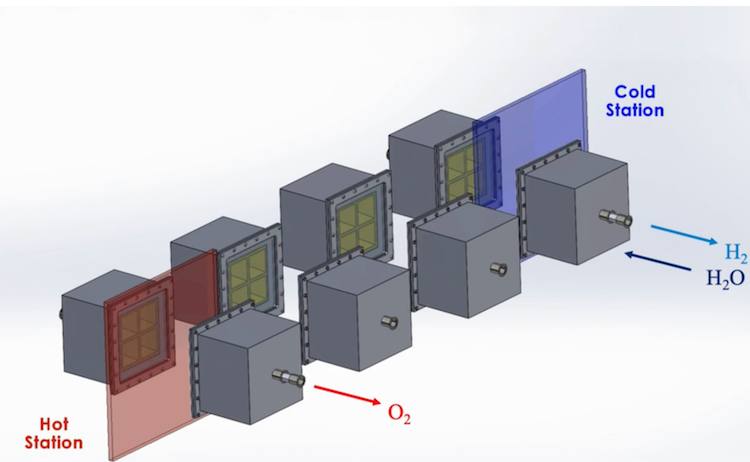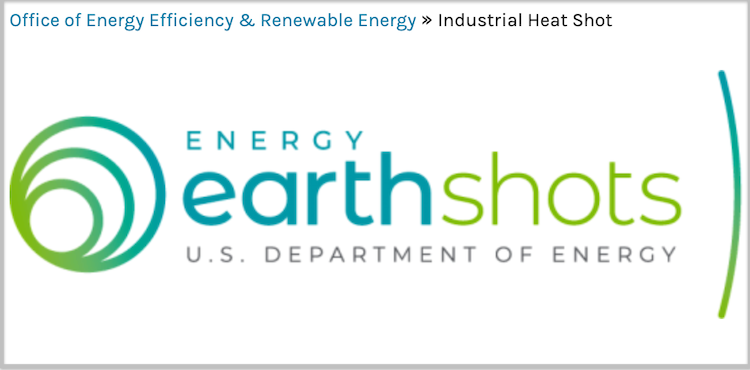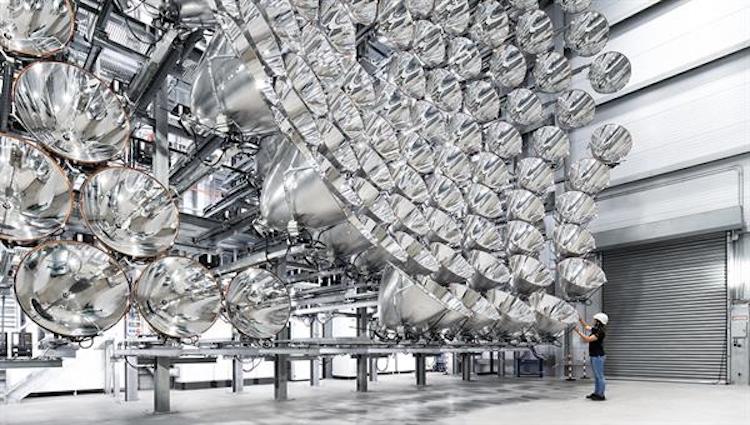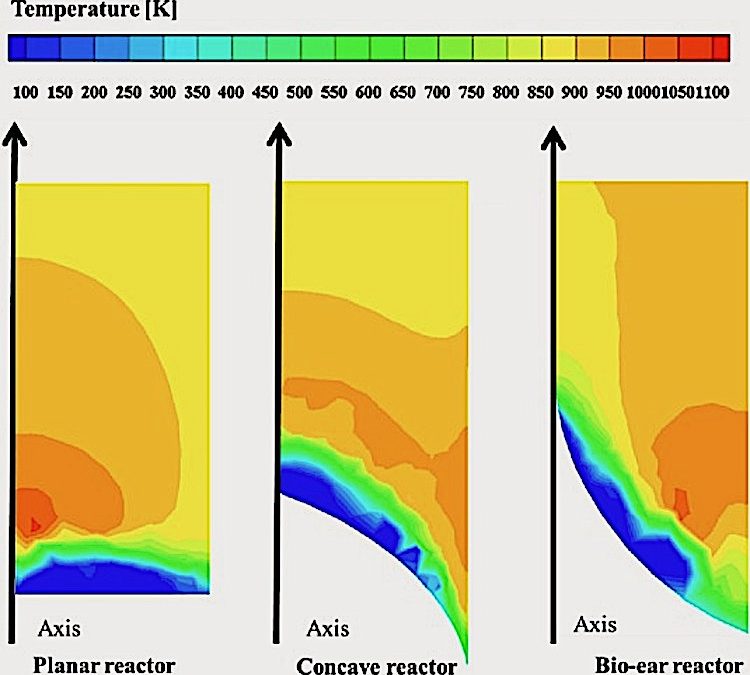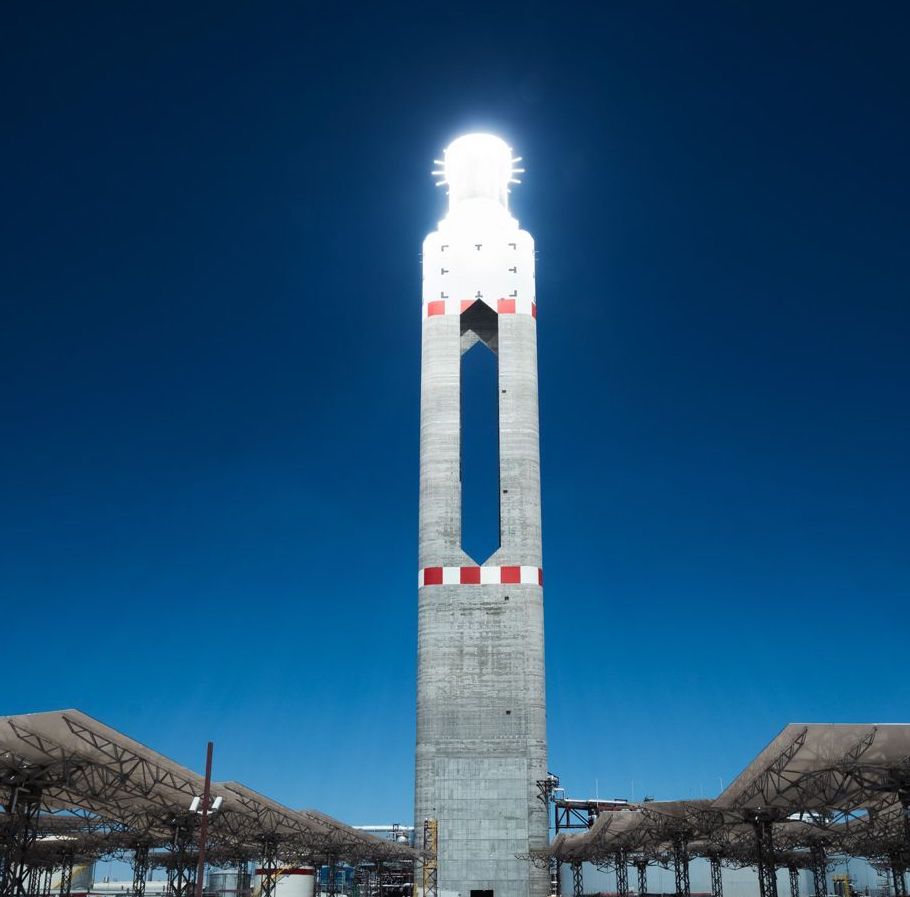Solar Energy Technologies Office The U.S. Department of Energy (DOE) Solar Energy Technologies Office (SETO) issued a request for information (RFI) to better understand technology development needs and commercialization opportunities for receivers and reactors used in...


